Our history
Natural disasters, war and displacement - for more than 65 years, we have been supporting people in need across the world. Here are some examples of our humanitarian assistance over the past five decades.
Natural disasters, war and displacement - for more than 65 years, we have been supporting people in need across the world. Here are some examples of our humanitarian assistance over the past five decades.

Diakonie Katastrophenhilfe has its roots in the Protestant Social Service Agency, which was founded in Treysa in 1945, to alleviate the post-war crisis in Germany. It subsequently became part of the Diakonisches Werk (Diaconal Agency). Today, Diakonie Katastrophenhilfe is part of the Evangelisches Werk für Diakonie und Entwicklung e.V. (EWDE – Protestant Agency for Diakonie and Development), with its headquarters in Berlin. Before the Social Service Agency began providing support beyond its national borders, it had received substantial donations from overseas. This experience stimulated the desire to give something back.
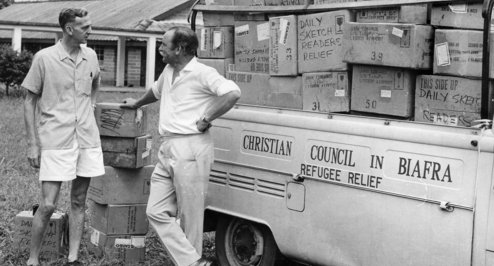
In 1954, Herbert Krimm founded the Ecumenical Diaconia as a separate department. A few years later, the emergency relief and disaster assistance, under its co-ordinator, Ludwig Geißel, became a permanent institution within the Diakonisches Werk (Diaconal Agency) of the Protestant Church in Germany, which emerged as a result of the merger of the Church’s Aid Agency and the Inner Mission in 1957. Its headquarters was in Stuttgart.
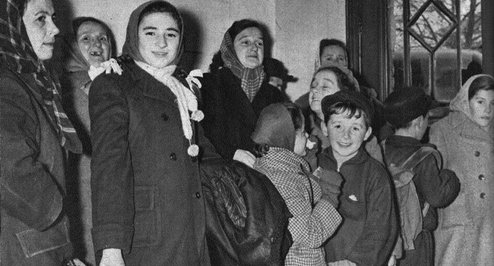
The Aid Agency founded Diakonie Katastrophenhilfe. Worldwide emergency and disaster relief was thereby defined as a diaconal responsibility. When the Soviet army quashed the Hungarian uprising in November 1956, hundreds of thousands were forced to flee, most of them to Austria. Ludwig Geißel, later head of Diakonie Katastrophenhilfe, organised immediate, effective support from Germany.
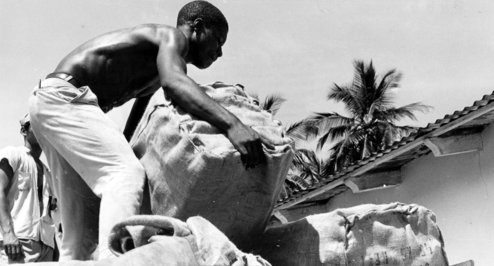
To mark its tenth anniversary, the Aid Agency appealed to German Christians to look beyond their own country’s unresolved social problems and become more aware of the enormous need elsewhere in the world, in Palestine, Asia and Africa. To the present day, this appeal to look out at the world and alleviate the suffering of others remains the mission of Diakonie Katastrophenhilfe.
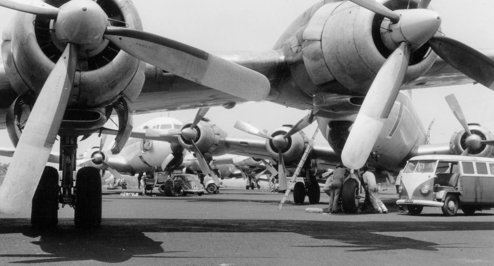
The first aircraft carrying relief supplies, paid for by the Social Service Agency and Caritas took off, bound for Port Harcourt in Nigeria. This marked the start of one of the Agency’s most complex projects: the airlift to Biafra. Ludwig Geißel, then head of Diakonie Katastrophenhilfe, co-initiated the “Joint Church Aid” campaign, which brought together church aid agencies from all over the world. This coalition became a model for humanitarian alliances including the later ACT Alliance, a worldwide network, which, today, pools the resources of more than 140 church aid organisations.

Diakonie and Caritas issued their first joint appeal for donations – for South and North Vietnam. In both parts of the country, the medical infrastructure lay in ruins and several million people had been put to flight. The aid organisations were, thereby, caught between fronts in the “Cold War”, and accused of supporting communists. The Diakonisches Werk countered with the statement: “Diaconia knows no ideological borders!”
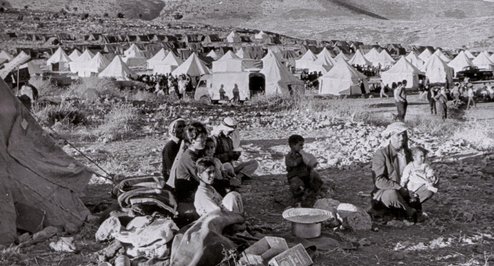
During the Six Day War, Israel occupied the West Bank and the Gaza Strip, forcing hundreds of thousands of Palestinians to take flight. Diakonie Katastrophenhilfe supported the work of the United Nations Relief and Works Agency for Palestine Refugees (UNRWA). In co-operation with the Middle East Council of Churches and international organisations, it has been supporting Palestinian refugees since 1948 and also provides assistance in the Israeli-occupied territories.
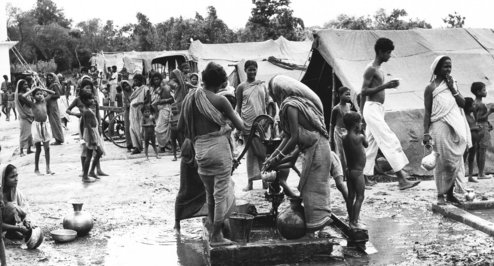
In the summer of 1974, incessant, torrential rain combined with meltwater from the ice in the Himalayas led to unprecedented flooding. The Bangladesh war of independence in the early 1970s had already set mass movements of refugees in motion. Bangladesh quickly became a disturbing example of how a region endangered by natural forces is further destabilised by power politics. The Diaconal Agency delivered food, medicine and other relief supplies.
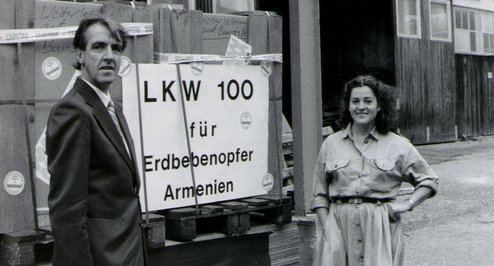
Diakonie Katastrophenhilfe was established as an independent department within the Ecumenical Diaconia, under new director Hannelore Hensle. There was a strong desire for emergency and disaster relief to move beyond its function as a “Good Samaritan service”, and to combine long-term commitment, cause-related action and preventive measures. Diakonie Katastrophenhilfe’s long-term strategies were developed at this time. Strategies that now help in up to 50 countries every year.
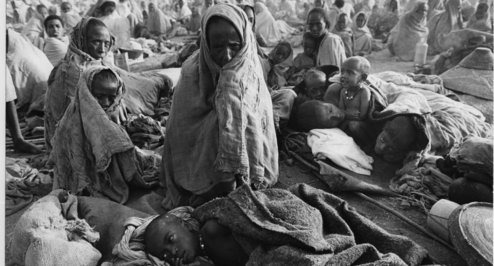
A protracted drought brought the threat of starvation to 150 million people in the Sahel region. Africa became the focus of Diakonie Katastrophenhilfe operations. In nearby Ethiopia, almost eight million people were dependent on food aid. In feeding centres catering for hundreds of thousands, support was given to severely malnourished children and adults.

The revolutions in Eastern Europe and the fall of the Berlin Wall at the end of the 1980s, initially raised hopes for a global peace in line with Western democracy. But as the Socialist multi-ethnic states collapsed, the old nationalism came back with a vengeance, and with violence. “Ethnic cleansing” – at the heart of Europe people were raped, driven from their homes and murdered. The Balkan War put Europe firmly back on the agenda of humanitarian organisations in the 1990s. For the first time, Diakonie Katastrophenhilfe again spent more money on relief measures in Europe than in Africa.
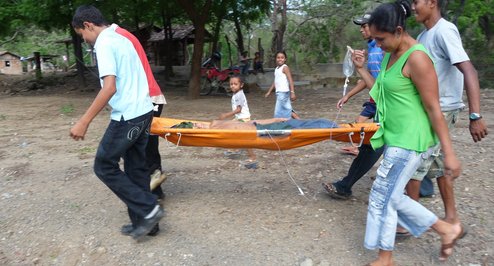
For the first time, following “Hurricane Mitch” in Central America, Diakonie Katastrophenhilfe funded relief measures that would enable future crises to be better managed. This involved active land protection, soil conservation, slope stabilisation and afforestation, risk analyses and contingency planning.
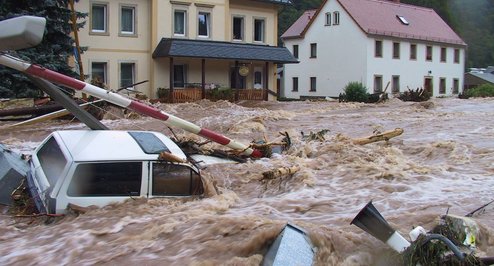
A once-in-a-hundred-years flood inundated parts of Germany, the Czech Republic, Romania and Russia. The resulting donations to Diakonie Katastrophenhilfe broke all previous records: around 60 million euros.
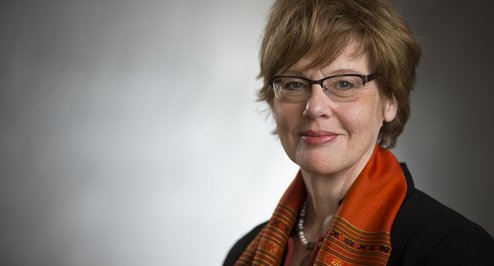
While complex, long-term relief operations were being carried out in the Sahel region, new structures were being established in Germany. The foundation of the Evangelisches Werk für Diakonie und Entwicklung e.V. (EWDE – Protestant Agency for Diakonie and Development), was the response of the Protestant churches and Diakonie Deutschland to the demands of a globalised world. In 2011, Martin Kessler became head of Diakonie Katastrophenhilfe. From September 2012, Cornelia Füllkrug-Weitzel was President of Brot für die Welt – Evangelischer Entwicklungsdienst (Protestant Development Service) and President of Diakonie Katastrophenhilfe in the EWDE, and became Chair of its Executive Board in May 2014. She retired at the end of February 2021, and was succeeded by Rev. Dr Dagmar Pruin. Martin Kessler was appointed as Director of Diakonie Katastrophenhilfe in May 2019.
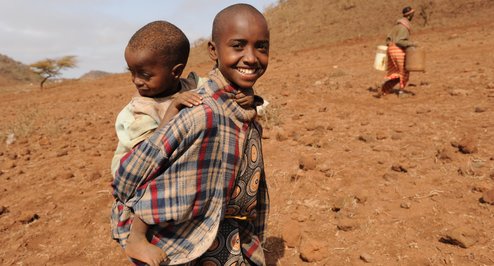
The impartiality of humanitarian assistance – is something, to which all people are entitled, irrespective of nationality, ethnicity, religion or political affiliation. For Diakonie Katastrophenhilfe, this also entails taking a clear stance in the face of politicians’ wishes and demands. The independence and impartiality of humanitarian assistance in conflicts also means no military-based “humanitarian interventions” and no co-operation between the military and humanitarian aid organisations.
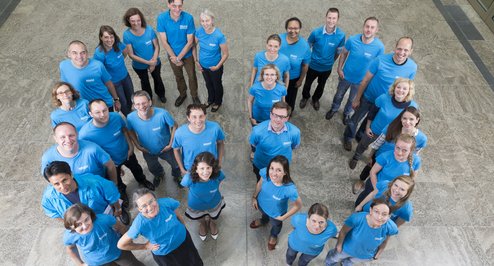
In the course of over 65 years, Diakonie Katastrophenhilfe has been providing humanitarian assistance where it is needed most. Diakonie Katastrophenhilfe now implements around 150 projects per year with around 250 staff and the co-operation of local partner organisations. Climate change is exacerbating the need in many poor regions of the Global South.